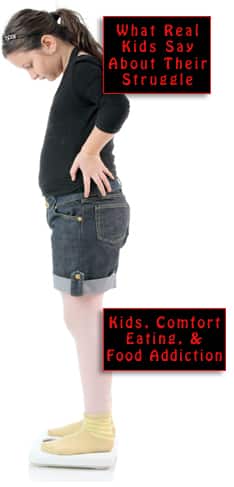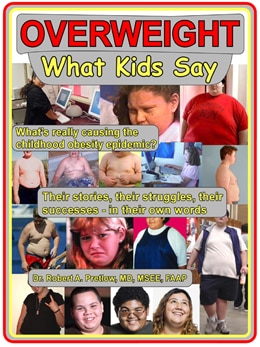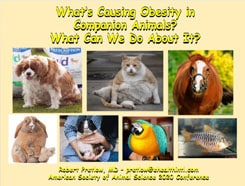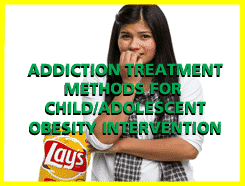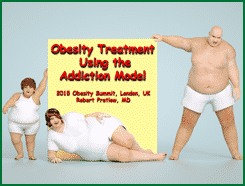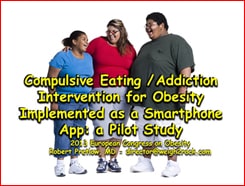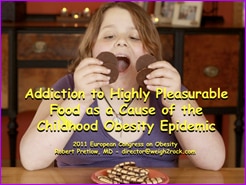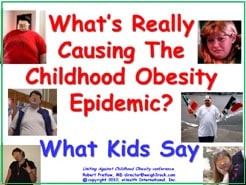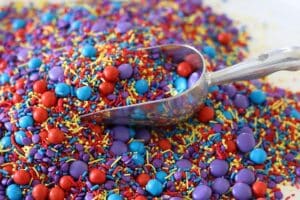
Ultra-processed (aka hyper-processed) edible products are a blight on public wellness and society at large. VeryWellHealth.com prefers “ultra-processed,” and it was possible to glean copious information on this food genre from three of the website’s recent articles (authors: Stephanie Brown and Kathleen Ferraro), all listed at the bottom of the post.
Some experts say that these abominations constitute over 70% of the total USA food supply, which if true is pitiful. Others say they make up 50% or even close to 60% of the average American’s diet. All those sources could be correct. Still, large amounts of research on this matter have taken place not only in the U.S., but in Australia, Brazil, Canada, Chile, Colombia, Mexico, and the United Kingdom.
Back in 2009, a research team led by Carlos A. Monteiro (M.D., Ph.D.) defined ultra-processed foods as the most extreme of four possible categories, according to the NOVA classification system. This system has been refined somewhat over time, and its creators have put together an online research tool, TrueFood, which extracts data from systems run by the Food and Drug Administration and the U.S. Department of Agriculture.
The website uses machine learning whose algorithm assigns ultra-rating numbers to more than 50,000 food products, based on how much they have been messed with. In theory, the number indicates the hazard level of the different foods, in terms of their degree of processing. (That web address is not included here because your computer’s security system may issue a danger warning — probably because the site uses Artificial Intelligence to rate the thousands of items, and the results include “margins of error” anyway.)
So, get on with it
Group 1 includes unprocessed or minimally processed foods; Group 2 signifies processed culinary ingredients. In the third group, “processing” is a benign word that does not indicate danger, but just means that the edible item has been washed, chopped, peeled, steamed, or something else that an old-fashioned cook might do — in other words, any basic prep level at all.
With Group 4, however, we are now in ultra-processed land, where the problems dwell. Dr. Monteiro suggested that “[…] the end products of food ultra-processing are products that perhaps we shouldn’t call foods…” His official definition deemed them to be…
[…] industrial formulations made mostly or entirely with substances extracted from foods, often chemically modified, and from additives, with little if any whole food added.
These agglomerations of predominantly harmful (or at best, useless) stuff are likely to contain plenty of fat, sugar, salt, and weird additives. Apparently, if the product is made with any additive, or with even one NOVA Group 4 ingredient, it can be considered ultra-processed.
What these alleged groceries will likely not contain are whole foods or even identifiable elements of food, like fiber, vitamins or minerals. The allegedly edible substances may have been subjected to chemical modification and recombination. Here is a fact with a sinister ring to it:
Sequences of processes are and must be used to obtain, alter, and combine the ingredients and to formulate the final products.
As a definition, that sentence encompasses so much it actually turns out to be meaningless. Because multiple various factors are involved, and because studying the actual habits of people is problematic unless they can be kept in environments equivalent to lab cages, some experts are not convinced of the potential harm.
(To be continued…)
Your responses and feedback are welcome!
Source: “What Does ‘Ultra-Processed Food’ Actually Mean?,” VeryWellHealth.com, 07/06/22
Source: “Every Bite of Ultra-Processed Foods May Increase Risk of Early Death, Study Says,”
VeryWellHealth.com, 05/05/25
Source: “What Happens to Your Body When You Eat Fewer Ultra-Processed Foods,” VeryWellHealth.com, 04/11/25
Image by jodiandbrett/Pixabay

 FAQs and Media Requests:
FAQs and Media Requests: 